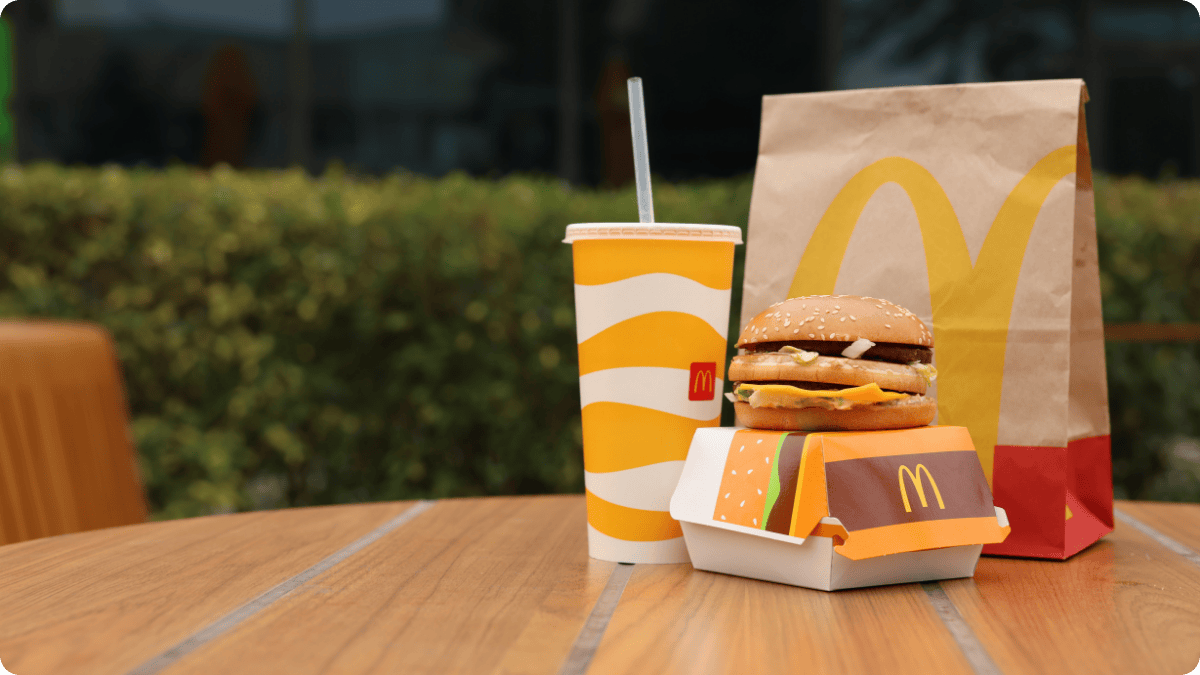McDonald’s $200 Million Grassland Gamble: Regeneration or McGreenwashing?
Will McDonald’s $200 million grasslands pledge regenerate cattle ranches—or just its own image?

McDonald’s wants you to believe your next Quarter Pounder might help “save the grasslands.” The fast-food giant has pledged $200 million over seven years to fund regenerative cattle ranching on 4 million acres across the United States.
On paper, it’s the biggest corporate beef sustainability program in U.S. history.
The money will flow through the National Fish & Wildlife Foundation (NFWF), with support from USDA’s Natural Resources Conservation Service and McDonald’s beef suppliers like Cargill and OSI. The program promises to bankroll rotational grazing, reseeding native grasses, restoring streams, and building water infrastructure for ranchers.
The pitch: healthier soils, more resilient ranches, and more wildlife.
The catch: this is still McDonald’s.
What McDonald’s is Actually Doing
The Grassland Resilience and Conservation Initiative sounds like a USDA program in corporate clothing. Ranchers won’t get checks directly from McDonald’s. Instead, local conservation groups and rancher associations will apply for grants, then pass along cost-share payments and technical support to producers who opt in.
Practices likely to be funded include:
Adaptive multi-paddock grazing (moving cattle frequently to prevent overgrazing)
Native grass and wildflower restoration
Installing fencing, water tanks, and riparian buffers
Habitat projects to support pollinators and prairie wildlife
McDonald’s will also hire monitoring firms to track whether soil carbon and water retention actually improve.
The Upside for Ranchers
If delivered, the benefits are real. Healthy soils mean more forage, better drought resilience, less erosion, and lower input costs. Nebraska rancher Jeff Huffman summed it up:
“Embracing regenerative agriculture is essential. It’s good for farmers’ soil and environment, but also for the profitability of our businesses.”
Ranchers in the Great Plains, Rocky Mountains, and beyond could see higher margins if regenerative grazing cuts fertilizer bills and boosts grass productivity.
In theory, some might even market “climate-smart” beef at a premium.
The Skeptic’s View
Not everyone is buying the PR. Climate scientists warn that regenerative grazing is no silver bullet:
Grass-fed cattle emit more methane per pound than feedlot beef.
Soil carbon gains can be temporary, easily lost with drought or overstocking.
No program like this addresses herd size, meat demand, or emissions from manure.
Environmental watchdogs have long accused McDonald’s of greenwashing. Greenpeace mocked its “net-zero” restaurants as stunts that ignore the carbon cost of beef. The Center for Biological Diversity called its 2050 climate pledge “just another stunt in a long line of greenwashing trends.”
And let’s not forget: McDonald’s co-founded the Global Roundtable for Sustainable Beef back in 2011, promising “sustainable burgers.” Thirteen years later, beef is still the single biggest slice of its carbon pie.
Why the Skeptics Miss the Point
Critics love to trot out the methane math and say regenerative grazing “doesn’t add up.” They’re not entirely wrong. Beef cattle do belch methane, and grass-fed animals take longer to finish than feedlot cattle. But focusing only on emissions per pound of beef misses the bigger picture.
Regenerative ranching is about systems change. It’s not just swapping grain for grass — it’s rebuilding the very foundation of food production: soil. When ranchers rotate cattle across diverse pastures, they’re mimicking natural herd movements that grasslands evolved with for millennia. The result?
Carbon in the ground, not the air. Studies show managed grazing can increase soil organic matter by 20–30% over time, locking carbon away where it belongs.
Water that stays put. Healthy soils act like sponges, holding onto rainfall instead of letting it run off — a lifesaver during drought.
Wildlife rebounding. From pollinators to prairie birds, regeneratively managed ranches are biodiversity hotspots compared to feedlot operations.
Ranchers who thrive. Profitability matters. Regenerative ranchers cut chemical fertilizer and vet bills, rely less on purchased feed, and often get premium prices for their beef.
In other words, regenerative grazing isn’t just about offsetting emissions — it’s about creating resilient ecosystems and resilient livelihoods. A rancher with healthy soils and deep-rooted grasses will survive droughts, floods, and price swings better than one locked into extractive feedlot cycles.
Skeptics dismiss this because it doesn’t fit into a narrow carbon-accounting spreadsheet.
But Rebels, we know the truth: regeneration isn’t a quick climate trick, it’s a long game. And farmers on the ground already see the results in their soil, their animals, and their bank accounts.
The Bigger Picture: Corporations Racing for “Regenerative”
McDonald’s is not alone. General Mills, PepsiCo, Walmart, Nestlé, and Cargill have all staked billions on “regenerative” agriculture. Why?
To hedge climate risk in their supply chains.
To win over skeptical consumers.
To claim green credibility without slashing production.
“Regenerative” has no legal definition. That makes it a marketing dream and a watchdog nightmare. Without farmer-led verification, these programs risk becoming just another line in a corporate ESG report.
What It Means for Ranchers
This initiative could mean grants to fix fences, plant grass, and get paid for stewardship. If you’re a consumer, it means your burger may come with a side of soil science spin.
The test is whether McDonald’s sticks around long enough to measure real ecological change, or whether this is another press release project.
Bottom Line: $200 million is real money. But compared to McDonald’s $25 billion annual revenue, it’s pocket change. Ranchers will welcome any help they can get. We’ll be here to track whether McDonald’s regenerates the land—or just its image.
Viva La Regenaissance.
Every article we publish is free because food freedom should never hide behind a paywall. Paid subscriptions don’t unlock content — they unlock possibility. They allow us to fund more correspondents, cover more states, and amplify more farmer voices.

